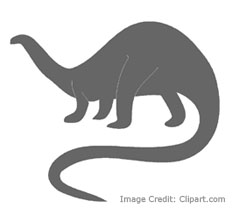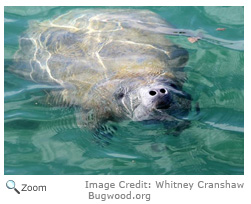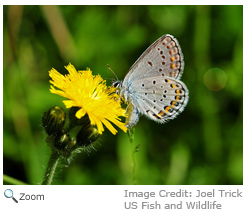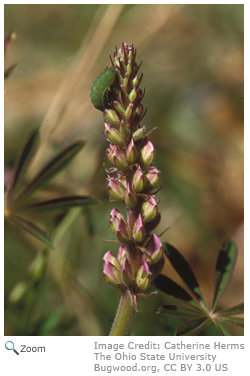Natural and Human Impacts on Wildlife |
The Human Touch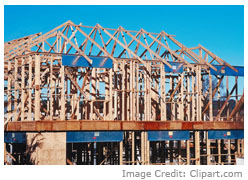 Humans are now responsible for causing changes in the environment that hurt animals and plant species. We take up more space on Earth for our homes and cities. We pollute habitats. We illegally hunt and kill animals. We bring exotic species into habitats. All of these activities take resources and habitats away from plants and animals. Humans are now responsible for causing changes in the environment that hurt animals and plant species. We take up more space on Earth for our homes and cities. We pollute habitats. We illegally hunt and kill animals. We bring exotic species into habitats. All of these activities take resources and habitats away from plants and animals.Human activity often changes or destroys the habitats that plants and animals need to survive. Because human populations are growing so fast animals and plants are disappearing 1000 times faster than they have in the past 65 million years. Scientists estimate that in the 21st century 100 species will become extinct every day. Natural Extinction
Animals became extinct in the past for a wide variety of reasons. In some cases competition for resources among animals led to extinction in other cases environmental changes caused extinction. Scientists think dinosaurs became extinct because a meteorite struck the Earth and caused changes in the environment that the dinosaurs and other animals and plants couldn't adapt to. Multiple Factors
The West Indian manatee is an endangered aquatic mammal that lives in rivers, estuaries, canals and saltwater bays. Manatees need warm water to survive. In the winter they live in southern Florida and parts of Georgia. In the summer they can migrate as far north as Virginia and west to Louisiana. Sometimes manatees die because they don't migrate back to warm water soon enough. There are currently a little under 2,000 manatees in Florida. Every year about 150 die. Manatees are often killed when they are hit by boats. Manatees can also die when they get caught in fishing nets. Manatees only give birth every two to five years and they only have one calf at a time. Because their reproduction rate is so low and mortality rates are high, manatee populations are endangered. | Longing for Lupine
The Karner Blue is dependent on the wild lupine. The wild lupine is a plant that grows in pine and oak barrens in the Northeast and Midwest. It is the only known food source of the larvae of the Karner blue. Without this plant the butterfly can't survive.
Karner blues rely on lupine for their whole life cycle. They attach their eggs to the stems of the plants and newly hatched caterpillars eat the leaves of the plant. If wild lupine doesn't grow, the Karner blue doesn't survive. Because humans control wildfires, lupine isn't as abundant as it used to be. Lupine is also killed by pesticides. Because lupine is harder to find, the population of Karner blues has drooped by 99 percent in the last two decades. Unfair Competition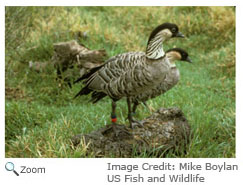 Some animals are endangered because exotic or non-native species were introduced to their habitats. In Hawaii, the state bird, the Nene Goose, is in danger, in part, because of the mongoose. The mongoose was brought into Hawaii by planters to help control rats in sugar cane fields. The planters didn't realize that rats are nocturnal and the mongoose hunts in the day. The mongoose found other sources of food like eggs from nesting birds, including the Nene goose. The Nene goose used to be found all over Hawaii. There are now less than 800 left in the state. Some animals are endangered because exotic or non-native species were introduced to their habitats. In Hawaii, the state bird, the Nene Goose, is in danger, in part, because of the mongoose. The mongoose was brought into Hawaii by planters to help control rats in sugar cane fields. The planters didn't realize that rats are nocturnal and the mongoose hunts in the day. The mongoose found other sources of food like eggs from nesting birds, including the Nene goose. The Nene goose used to be found all over Hawaii. There are now less than 800 left in the state.Images
|

